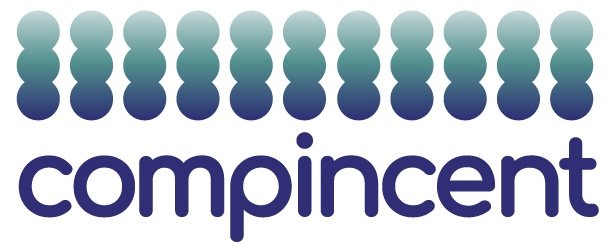Tools to Bring About Effective Cultures
In an earlier article (https://compincent.com/changing-your-organizational-culture-a-step-by-step-guide/) we discussed how some industries have developed effective tools to foster cultural change. Software organizations, we noted, thrive on innovation and teamwork, often using principles and practices designed to establish high-performing cultures. These practices, we mentioned, include such things as social contracts, regular retrospectives, and a no-blame culture—all of which can be adapted to drive positive cultural transformation in any organization. In this article we have made a simple list of what we consider to be the most effective tools, what they are for and how they affect culture.
You do not need to implement all of these at once – some of them probably not at all. Consider carefully what you are trying to achieve and select the tools accordingly. In future articles we will discuss best practices for selecting, implementing and using some of these tools and methods.
Core Values & Leadership
Social Contracts
- Purpose: Define and commit to a set of core values, mutual responsibilities, and behavioral expectations.
- Outcome: Establishes trust and provides a reference for decision-making and conflict resolution.
Leadership Engagement
- Purpose: Ensure leaders actively model desired behaviors, participate in cultural initiatives, and offer timely feedback.
- Outcome: Reinforces core values and sets the tone for the entire organization.
Communication & Collaboration
Daily Stand-Ups
- Purpose: Hold brief daily meetings to align team priorities and address immediate challenges.
- Outcome: Enhances transparency and keeps everyone on the same page.
One-on-One Meetings
- Purpose: Provide personalized sessions for feedback, career guidance, and individual issue resolution.
- Outcome: Strengthens manager–employee relationships and fosters tailored professional growth.
Open Communication Channels
- Purpose: Utilize collaboration tools (e.g., Slack, Microsoft Teams) to facilitate real-time updates and dialogue.
- Outcome: Promotes a culture of openness and immediate information sharing.
Feedback & Continuous Improvement
Retrospectives
- Purpose: Conduct regular sessions to reflect on past work cycles, identify challenges, and suggest improvements.
- Outcome: Drives continuous learning and process optimisation.
Continuous Improvement Sessions
- Purpose: Organize workshops, Futurespectives, blameless pre-mortems or Kaizen events focused on streamlining processes and eliminating bottlenecks.
- Outcome: Fosters a mindset of perpetual growth and operational excellence.
Learning & Mentorship
Mentorship Programs
- Purpose: Pair experienced professionals with newer team members to facilitate knowledge transfer and professional development.
- Outcome: Accelerates onboarding and nurtures a culture of shared expertise.
Peer Reviews
- Purpose: Enable systematic evaluations of work outputs by colleagues.
- Outcome: Enhances work quality and encourages collaborative improvement.
Communities of Practice
- Purpose: Create forums for team members with shared interests to discuss best practices and innovations.
- Outcome: Drives collective problem-solving and continuous learning.
Knowledge Sharing Platforms
- Purpose: Use digital tools (wikis, blogs, shared docs) to document insights and lessons learned.
- Outcome: Builds a repository of knowledge that supports organizational memory.
Agile Processes & Innovation
Agile Ceremonies
- Purpose: Implement structured events like sprint planning, demos, and reviews to manage iterative progress.
- Outcome: Enhances responsiveness to change and encourages collaborative project management.
Innovation Sprints/Hackathons
- Purpose: Organize dedicated events for creative problem-solving and experimentation.
- Outcome: Stimulates innovation in a safe, experimental environment.
Recognition & Rewards
Recognition and Rewards Programs
- Purpose: Establish formal systems to acknowledge individual and team achievements.
- Outcome: Reinforces positive behavior and motivates ongoing excellence.

Your blog is a constant source of inspiration for me. Your passion for your subject matter is palpable, and it’s clear that you pour your heart and soul into every post. Keep up the incredible work!